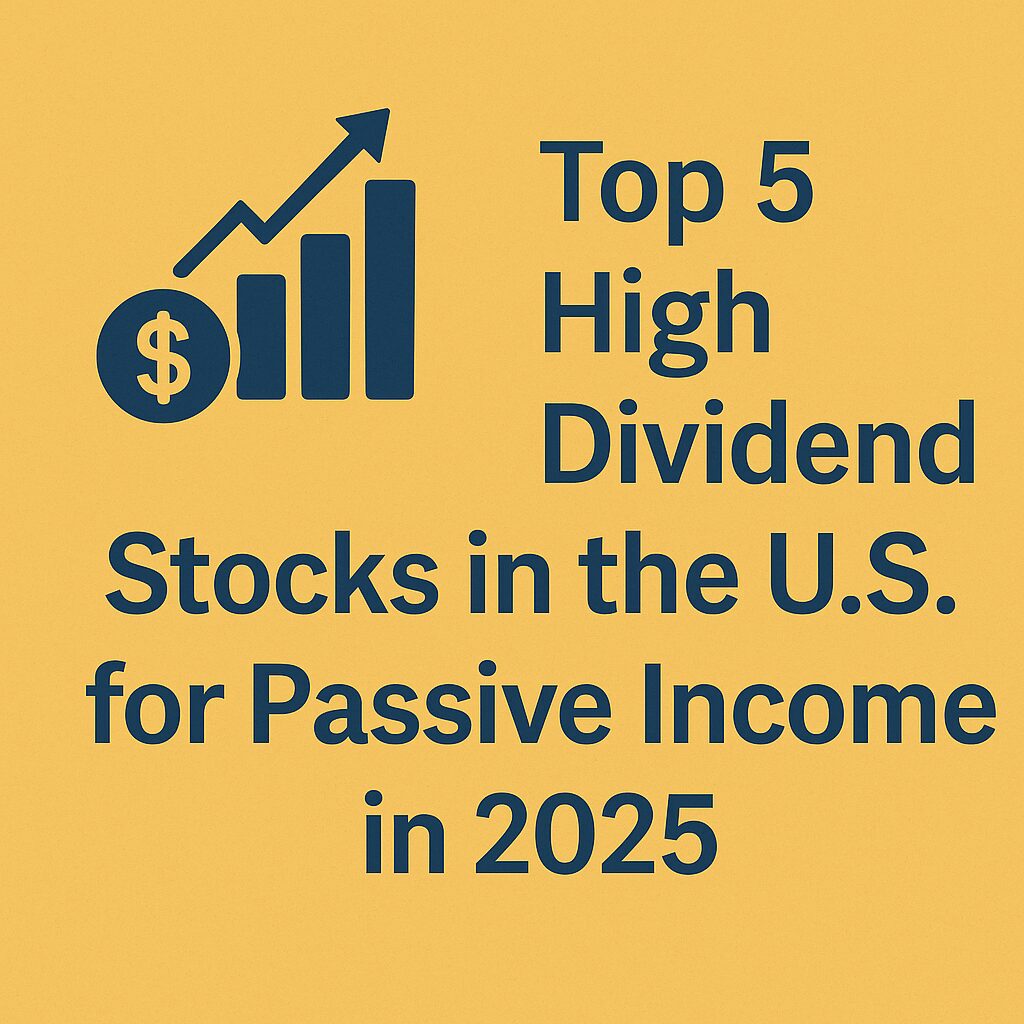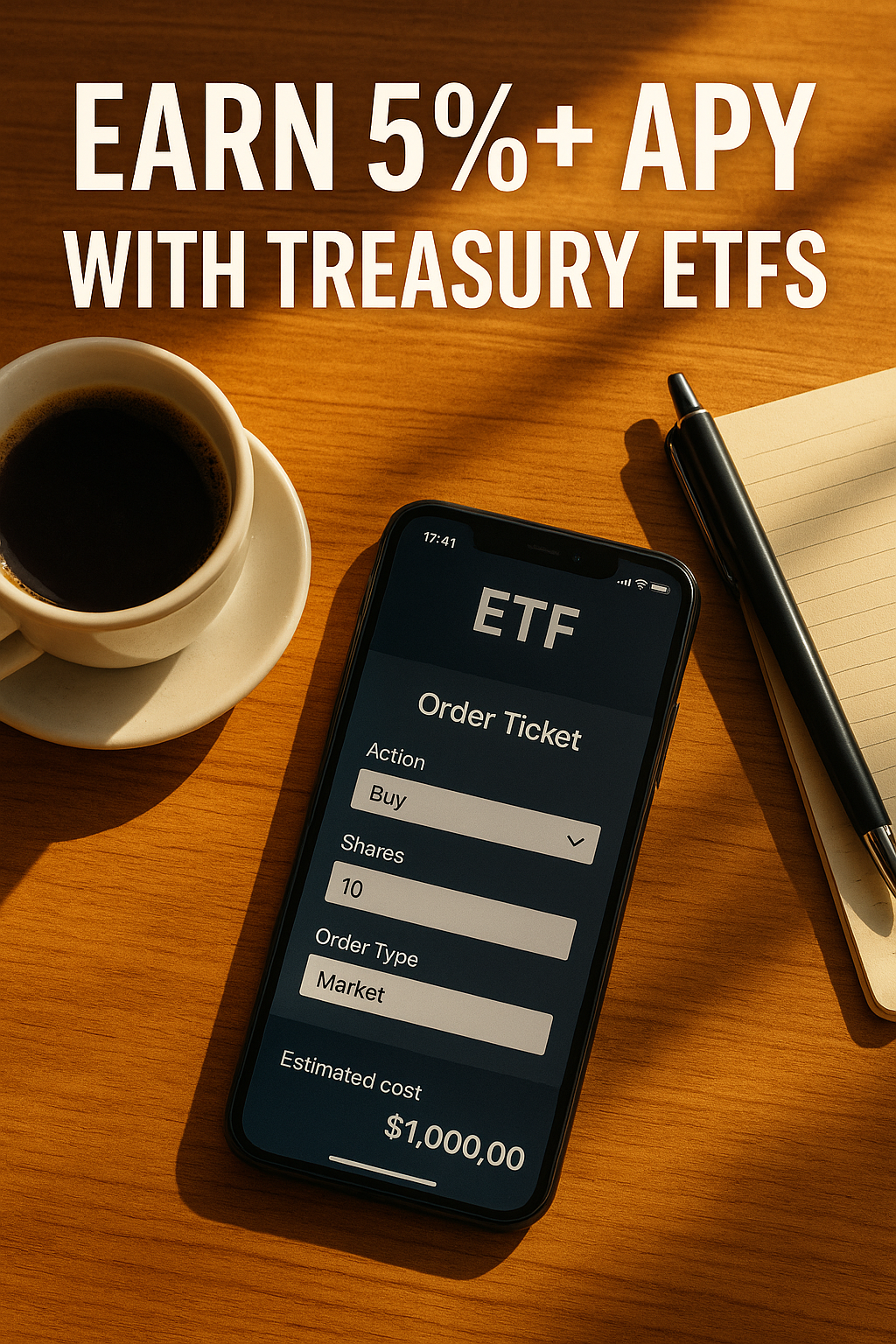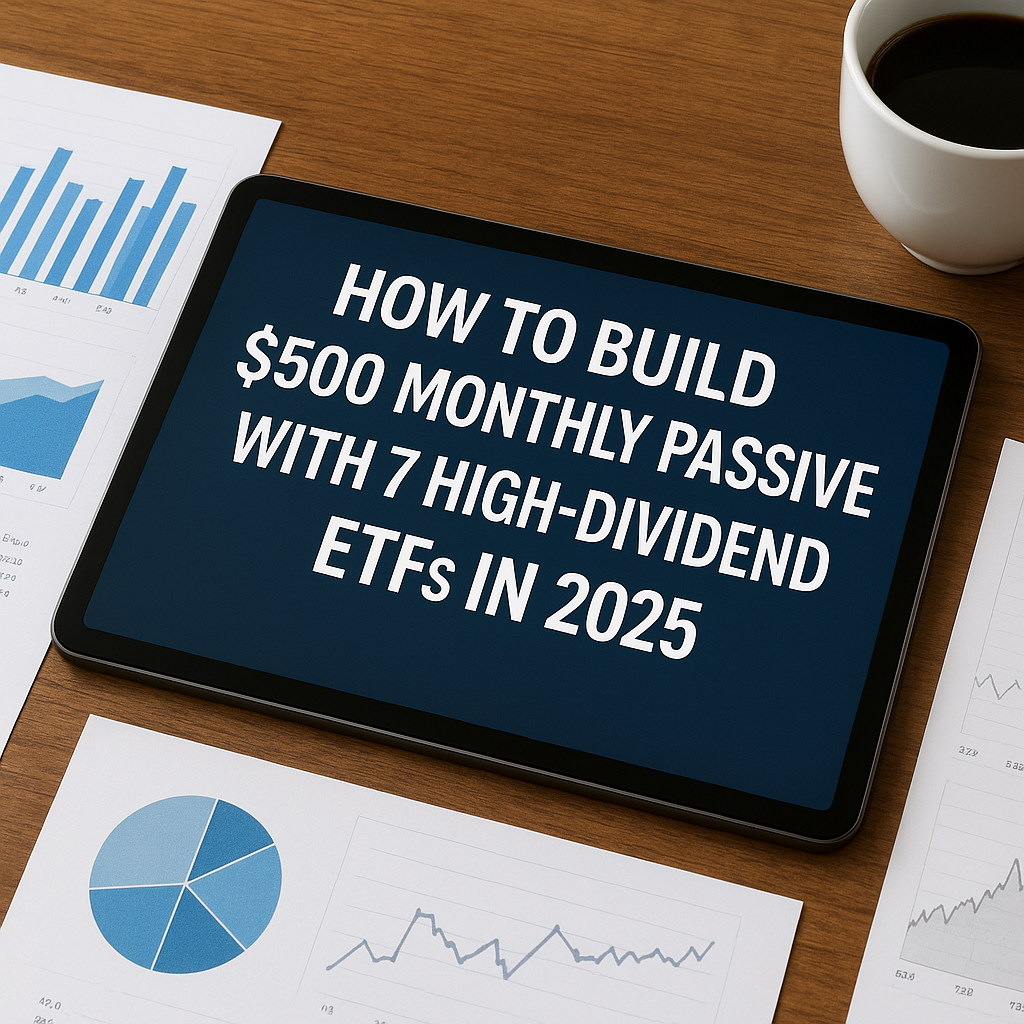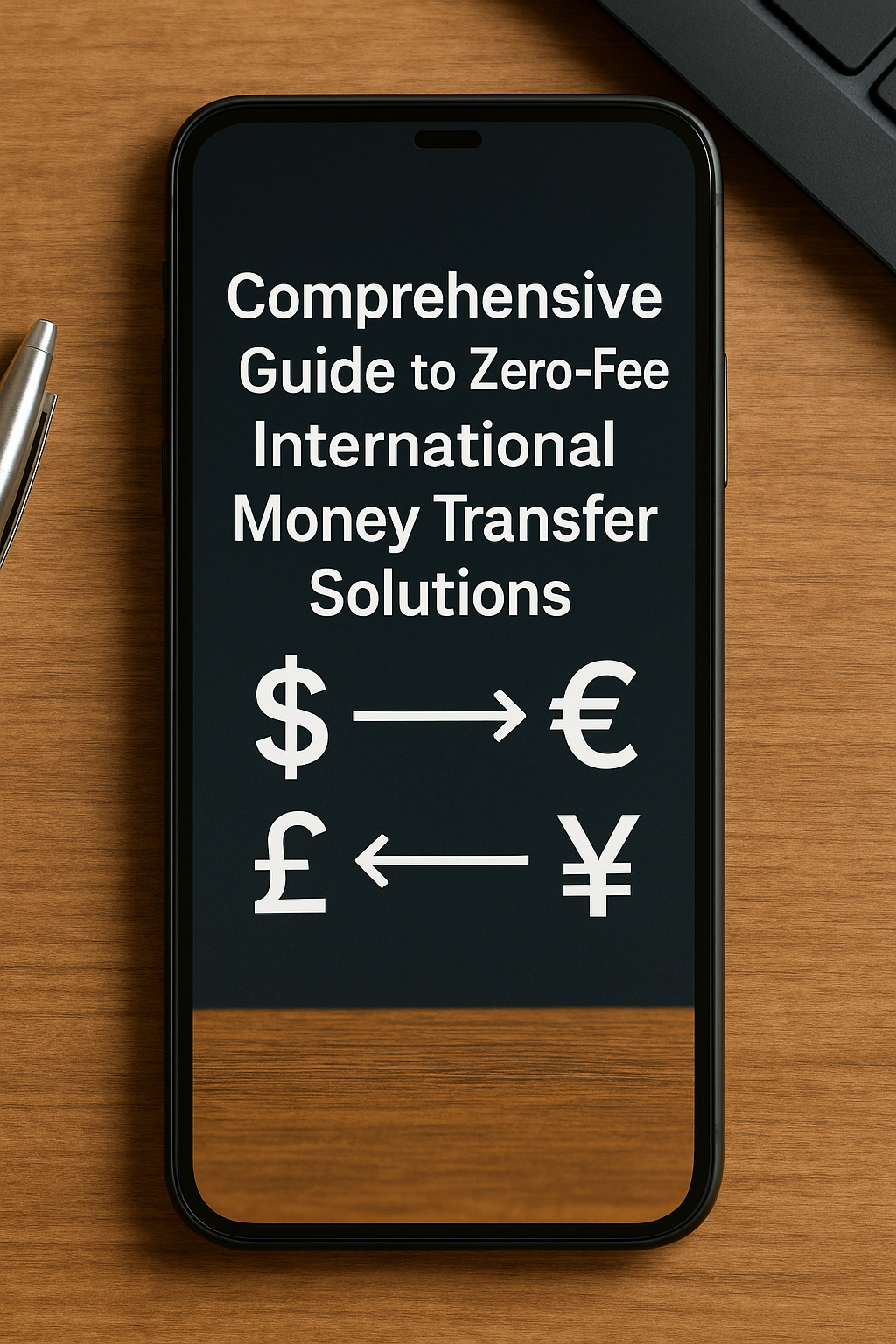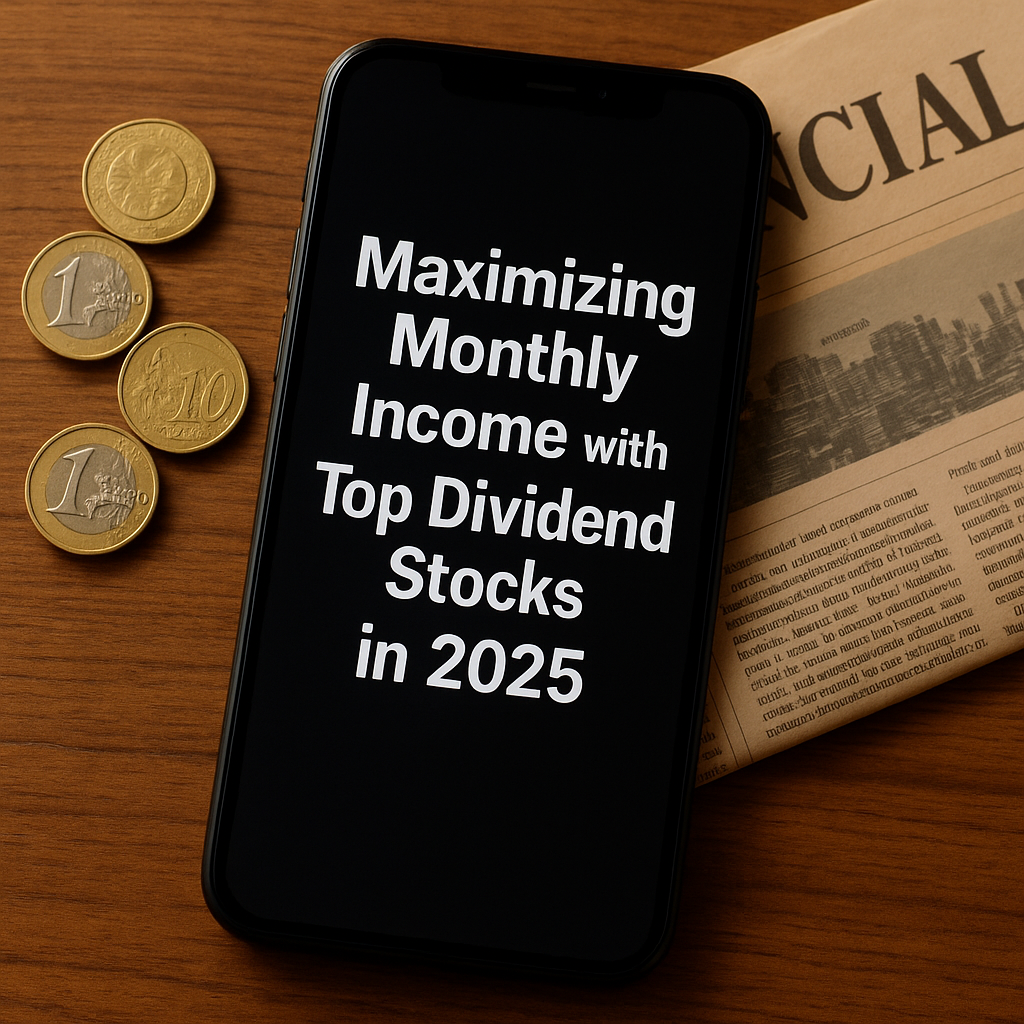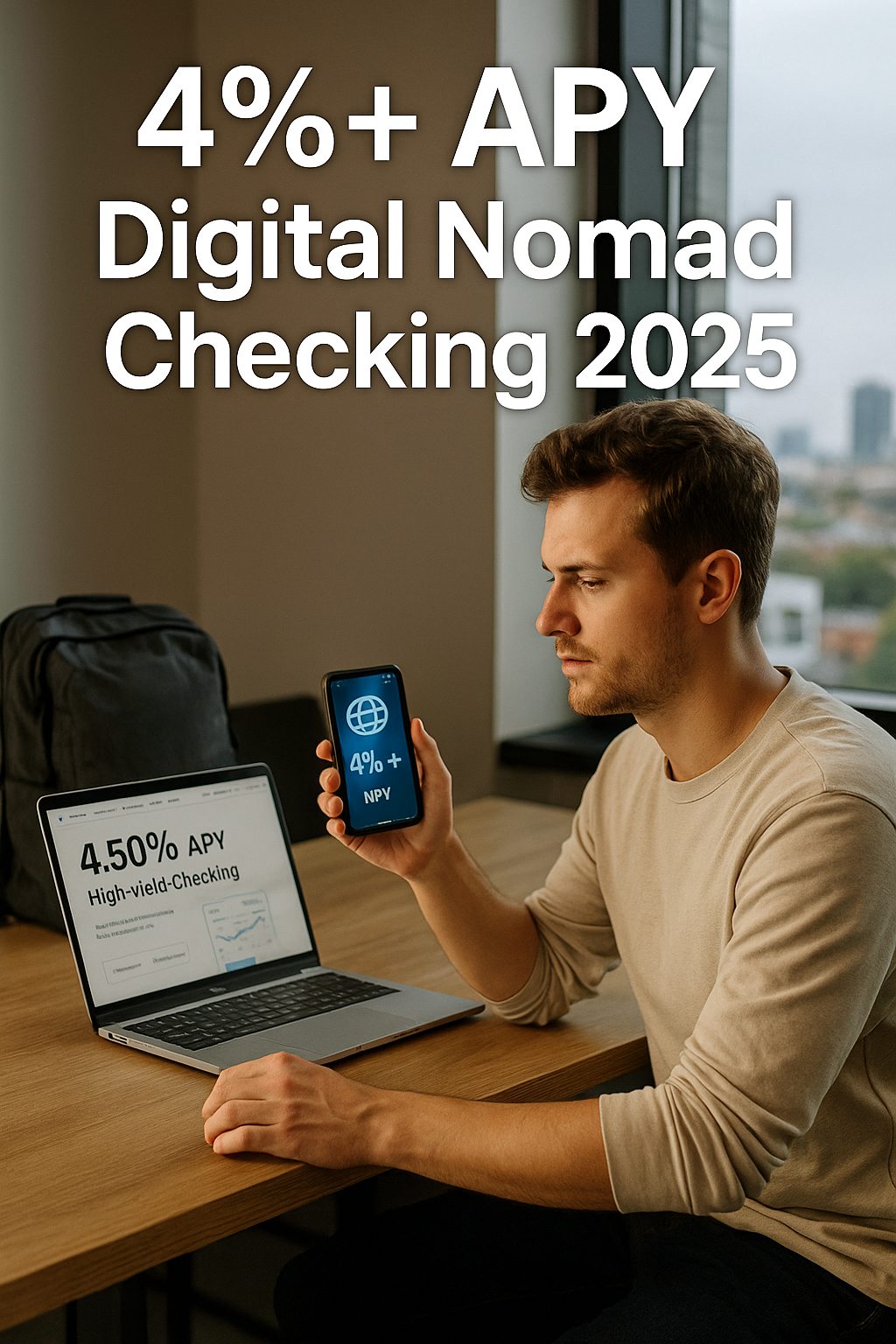Introduction
In 2025, the world is seeing another shift in financial priorities. Passive income isn’t just a luxury anymore—it’s a necessity. With rising interest rates, unstable global markets, and growing uncertainty in retirement systems, more investors are looking for stable, consistent sources of income. Among the most powerful tools? High dividend stocks.
Dividend investing is not about chasing growth. It’s about consistency, stability, and reliable cash flow. If you can build a portfolio that pays you every quarter (or even monthly) without having to sell any shares, you’re essentially building your own salary machine. The key is picking the right dividend-paying companies—those that can survive recessions, inflation, and changing industries while continuing to reward shareholders.
This article presents the top 5 high dividend U.S. stocks to consider in 2025 for anyone who wants to build long-term passive income. Each pick includes real-world data, dividend history, and how much income you could potentially earn.
1. Verizon Communications Inc. (Ticker: VZ)
Dividend Yield (2025): ~6.6%
Dividend Frequency: Quarterly
Payout Per Share (2025): $2.61
Sector: Telecommunications
Verizon remains one of the most consistent dividend payers in the U.S. market. Despite modest growth, its high cash flows and strong customer base make it a safe haven for dividend investors. In 2025, Verizon has continued its dividend streak, even amid stiff competition from T-Mobile and AT&T.
Why it’s a good pick:
- Solid infrastructure and recurring revenue from wireless subscriptions.
- Low payout ratio (~55%) gives it room to keep paying and growing dividends.
- Recession-resistant: People don’t cancel mobile service, even in tough times.
How much can you earn?
Holding 500 shares of VZ (currently trading around $40) would cost you $20,000 and generate $1,305 per year or about $108.75 per month in passive income.
2. Realty Income Corporation (Ticker: O)
Dividend Yield (2025): ~5.7%
Dividend Frequency: Monthly
Payout Per Share (2025): $3.12
Sector: Real Estate Investment Trust (REIT)
Known as “The Monthly Dividend Company,” Realty Income is beloved for its consistent monthly dividend payments. It owns and manages a diversified portfolio of commercial properties—including retail, industrial, and healthcare real estate.
Why it’s a good pick:
- Pays dividends every month (not quarterly).
- Tenants include stable names like Walgreens, FedEx, and 7-Eleven.
- Long history of increasing dividends—even through economic downturns.
Earning projection:
If you buy 300 shares at $55 each (~$16,500 total), you’d receive about $78/month, totaling $936 per year.
3. Altria Group Inc. (Ticker: MO)
Dividend Yield (2025): ~9.0%
Dividend Frequency: Quarterly
Payout Per Share (2025): $3.92
Sector: Consumer Defensive (Tobacco)
Altria is controversial but profitable. It owns Marlboro and other tobacco brands, and while cigarette usage declines slowly, the company remains a dividend powerhouse. It’s also investing in alternatives like nicotine pouches and cannabis.
Why it’s a good pick:
- Sky-high dividend yield.
- Strong free cash flow.
- Shareholder-friendly management with a long dividend history.
Passive income potential:
Buy 400 shares (~$43 each = $17,200). Annual dividend = $1,568 or $392 every quarter.
Warning:
Tobacco stocks face ESG criticism and regulatory risk. Only invest if you’re comfortable with the sector’s long-term ethics.
4. Chevron Corporation (Ticker: CVX)
Dividend Yield (2025): ~4.3%
Dividend Frequency: Quarterly
Payout Per Share (2025): $6.32
Sector: Energy (Oil & Gas)
Chevron is one of the most stable energy companies in the world. It benefits from both traditional oil and a growing investment in renewable energy. With high oil prices and geopolitical instability in 2025, Chevron’s dividends remain strong.
Why it’s a solid choice:
- Diversifying into renewable and low-carbon fuel.
- Low debt and strong earnings even in volatile markets.
- 36 consecutive years of dividend increases.
Income scenario:
Buy 250 shares (~$155 = $38,750 investment) → $1,580 annually or $395/quarter.
5. AbbVie Inc. (Ticker: ABBV)
Dividend Yield (2025): ~3.9%
Dividend Frequency: Quarterly
Payout Per Share (2025): $6.36
Sector: Healthcare (Pharmaceuticals)
AbbVie has emerged as a reliable dividend payer despite the loss of its blockbuster drug Humira’s patent exclusivity. Its acquisitions and new drugs like Rinvoq and Skyrizi continue to drive revenue.
Why it stands out:
- Healthcare is a recession-proof sector.
- Strong R&D pipeline and patent portfolio.
- Management has a shareholder-first philosophy.
Income simulation:
With 200 shares (~$165 = $33,000), you’d earn $1,272/year or $318 per quarter.
Total Passive Income Portfolio (Example)
Let’s say you invest equally across all 5 picks:
| Stock | Investment | Annual Income | Monthly Equivalent |
|---|---|---|---|
| VZ | $20,000 | $1,305 | $108.75 |
| O | $16,500 | $936 | $78 |
| MO | $17,200 | $1,568 | $130.66 |
| CVX | $38,750 | $1,580 | $131.66 |
| ABBV | $33,000 | $1,272 | $106 |
| Total | $125,450 | $6,661/year | $555/month |
This is a real-world example of how you can build over $550 per month in passive income using high-dividend U.S. stocks in 2025—without depending on speculation or selling shares.
Final Thoughts
High dividend stocks offer a reliable, long-term income stream—especially when combined into a well-diversified portfolio. In 2025, stability and cash flow are more important than ever. If you’re looking to supplement your income, prepare for retirement, or simply enjoy more financial freedom, these five stocks are a powerful place to start.
But always remember:
- Diversify across sectors.
- Reinvest dividends if you don’t need them yet.
- Rebalance annually to maintain yield and manage risk.
This strategy isn’t about getting rich quick. It’s about getting paid consistently and predictably—for the long haul.
